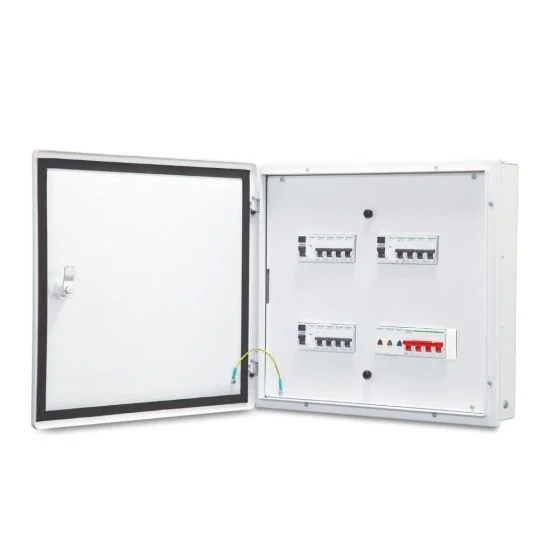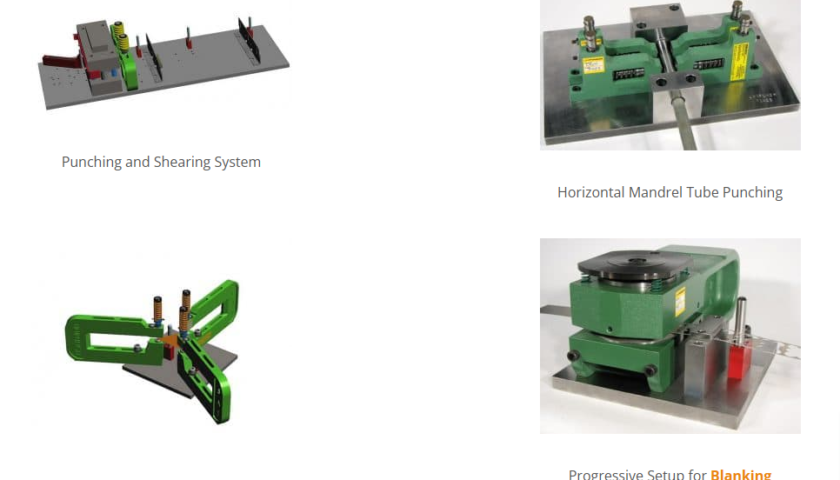In the realm of electrical systems, the Main Distribution Board (MDB), Distribution Box, and Miniature Circuit Breaker (MCB) play pivotal roles in ensuring safety, control, and efficient power distribution. This comprehensive guide dives into the details of these components, shedding light on their functions, importance, and key considerations.
Main Distribution Board (MDB): The Heart of Electrical Distribution
The Main Distribution Board (MDB), also known as the Switchboard, is the central hub of an electrical distribution system in a building. It serves as the primary point for receiving electrical power and distributing it to various sub-circuits, ensuring that electricity reaches all corners of the facility safely and efficiently.
Functions of an MDB:
- Power Reception: The MDB receives electrical power from the main supply source, which is typically the utility grid or a generator.
- Distribution: It distributes electrical power to various sub-circuits, such as lighting circuits, socket outlets, HVAC systems, and more. These sub-circuits branch out to different areas or rooms within the building.
- Protection: The MDB incorporates protective devices, including circuit breakers or fuses, to safeguard the electrical system from overloads, short circuits, and faults. These protective devices interrupt the flow of electricity when such anomalies occur, preventing electrical fires and damage to equipment.
- Isolation: MDBs provide a means for isolating the electrical supply to specific areas or equipment for maintenance or repair purposes. This enhances safety during maintenance work.
- Monitoring: Advanced MDBs may feature meters and monitoring equipment to track power consumption, voltage levels, and other electrical parameters, aiding in energy management and system diagnostics.
Key Components of an MDB:
An MDB typically comprises the following key components:
- Main Circuit Breaker: This large circuit breaker serves as the primary disconnecting device for the entire electrical installation. It can disconnect power to the entire building.
- Busbars: These conductive bars distribute power from the main circuit breaker to the individual circuit breakers or MCBs.
- MCBs or MCCBs: Miniature Circuit Breakers (MCBs) or Molded Case Circuit Breakers (MCCBs) provide protection to specific circuits. Each MCB or MCCB corresponds to a sub-circuit within the building.
- Neutral and Ground Bars: These bars ensure proper grounding and provide a path for fault currents to safely dissipate.
- Enclosure: The enclosure houses all the components, protecting them from environmental factors and providing a degree of safety for personnel.
Distribution Box: The Intermediate Node
The Distribution Box, also known as the Sub-Distribution Board (SDB) or Consumer Unit, is an intermediate component in the electrical distribution system. It receives power from the MDB and further subdivides it into individual circuits that serve specific areas, rooms, or appliances within a building.
Functions of a Distribution Box:
- Subdivision: The primary function of a Distribution Box is to divide the electrical supply from the MDB into smaller, manageable circuits. Each circuit corresponds to a specific area or load type, such as lighting, kitchen appliances, or HVAC systems.
- Protection: Like the MDB, the Distribution Box incorporates MCBs or MCCBs to protect each sub-circuit from overloads, short circuits, and faults. These protective devices are rated to handle the specific load of their respective circuits.
- Isolation: Distribution Boxes provide isolation for individual circuits, allowing them to be de-energized during maintenance or repairs while keeping other circuits active.
- Monitoring (Optional): Some advanced Distribution Boxes may include meters or monitoring equipment to measure and display energy consumption for individual circuits.
Key Components of a Distribution Box:
A Distribution Box typically includes the following components:
- Main Switch or Main Isolator: This is the main disconnecting device for the Distribution Box, allowing power to be isolated from all sub-circuits.
- Circuit Breakers: These are the MCBs or MCCBs that protect individual sub-circuits. The number and size of circuit breakers depend on the electrical loads they serve.
- Neutral and Ground Bars: Similar to the MDB, Distribution Boxes have neutral and ground bars to ensure proper grounding and fault current path.
- Enclosure: The enclosure houses all components, providing protection and safety.
Miniature Circuit Breaker (MCB): The Circuit Guardian
Miniature Circuit Breakers (MCBs) are essential safety devices found in both the MDB and Distribution Box. These compact devices serve as the final line of defense against electrical faults and overloads by interrupting the circuit when a fault occurs.
Functions of an MCB:
- Overload Protection: MCBs safeguard circuits from overloads, which occur when the current exceeds the rated capacity of the circuit. They trip when the current surpasses a predetermined threshold, preventing overheating and fire hazards.
- Short Circuit Protection: In the event of a short circuit (a sudden, high-current fault), MCBs trip almost instantaneously, disconnecting the circuit to prevent damage to wiring and appliances.
- Fault Protection: MCBs can also detect ground faults and residual current imbalances, protecting against electrical shock and improving safety.
- Manual Control: MCBs feature a manual control switch that allows users to manually trip or reset the circuit, providing a means of isolating power during maintenance.
Key Components of an MCB:
An MCB consists of the following key components:
- Toggle or Lever: This is the switch-like mechanism that allows users to manually control the state of the MCB.
- Trip Mechanism: The trip mechanism includes an electromagnetic coil and thermal bimetallic strip that respond to overload and short-circuit conditions, respectively, causing the MCB to trip.
- Contacts: MCBs have contacts that open when the device trips, interrupting the flow of electricity.
- Calibration: MCBs are calibrated to trip at specific current levels, denoted by their ampere rating.
- Arc Chute: This component extinguishes any electric arcs that may form during the tripping process, preventing damage to the MCB.
In summary, the Main Distribution Board (MDB), Distribution Box, and Miniature Circuit Breaker (MCB) are integral components of an electrical distribution system, working together to ensure the safe and efficient distribution of electrical power within a building. These components provide protection against overloads, short circuits, and faults, while also offering the flexibility to isolate circuits for maintenance and repair. Understanding their functions and key components is crucial for ensuring electrical safety and reliability in residential, commercial, and industrial settings.
Buy sockets and switches online:
Discover a comprehensive range of high-quality electrical sockets and switches designed to enhance your living and working spaces. Schneider Electric eShop offers an extensive selection of products, from elegant switches to reliable sockets, catering to various styles and functionalities. Whether you’re upgrading your home, office, or industrial space, our online platform provides a convenient and trusted way to access top-notch electrical components. Experience innovation, safety, and efficiency in every switch and socket. Explore Schneider Electric eShop today for all your electrical needs and elevate your environment with style and reliability
Best modular switchboard:
Schneider Electric stands as a leader in providing the Best modular switchboard solutions for homes, offices, and industries. Their modular switchboards are renowned for their superior quality, customization options, and innovation. With a commitment to safety, energy efficiency, and aesthetic appeal, Schneider Electric’s modular switchboards offer flexibility in design and expansion to meet evolving electrical needs. These cutting-edge solutions ensure reliable and efficient electrical infrastructure. Schneider Electric’s dedication to advanced technology and seamless design sets them apart as the top choice for those seeking the best modular switchboards that combine functionality, style, and performance in one comprehensive package.





